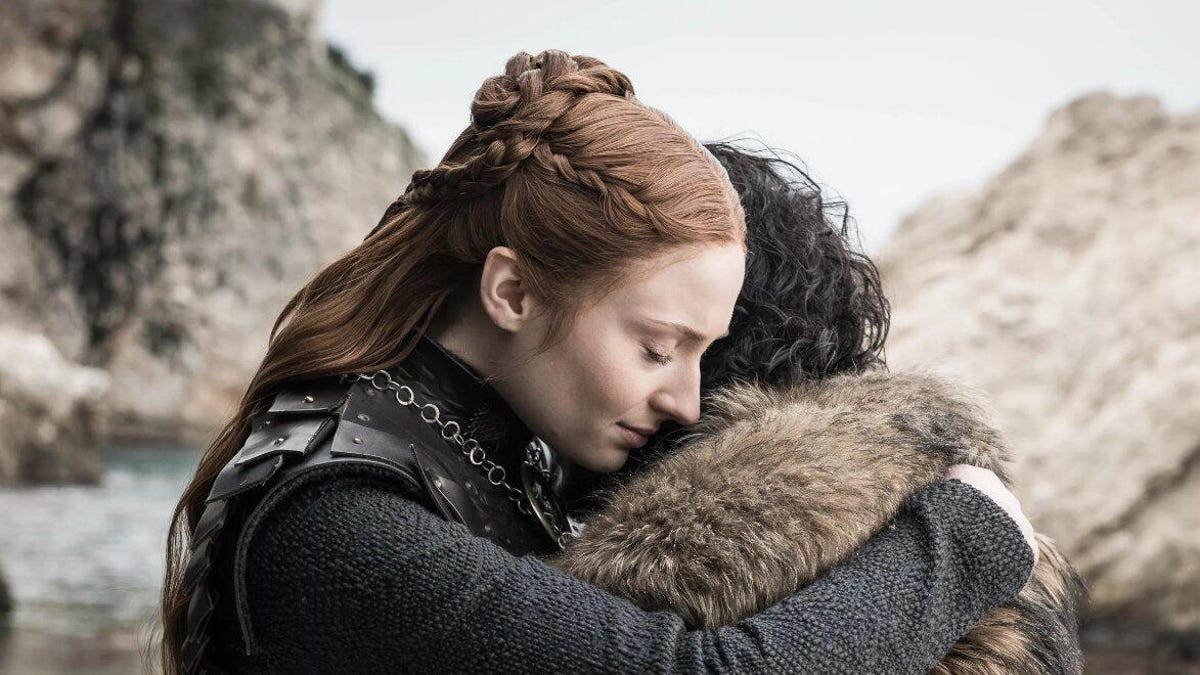JBCrowson
 Troubadour
Troubadour
I like books with loads of characters where I need to refer to the glossary / character list at least at the beginning to keep track of who's who. John Gwynne, Steven Erikson, George Martin all have loads of characters and large followings. One of the pieces of feedback a beta reader gave me was I introduce too many characters in some chapters. This got me to thinking is there a limit? Or is it like so many other things where "what is needed for the story is enough", and it's more about how / whether you can make it work.

 Istar
Istar
 Myth Weaver
Myth Weaver